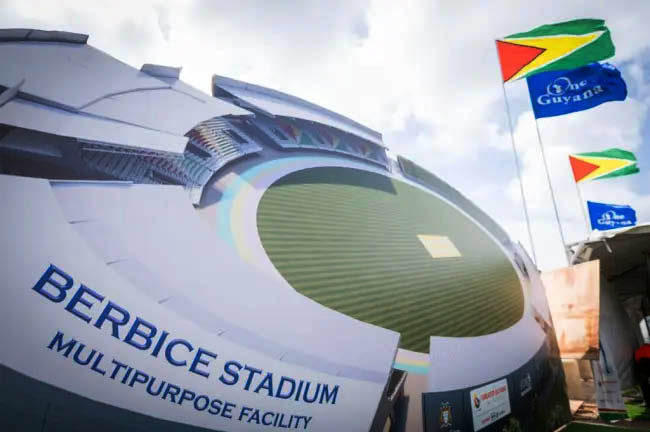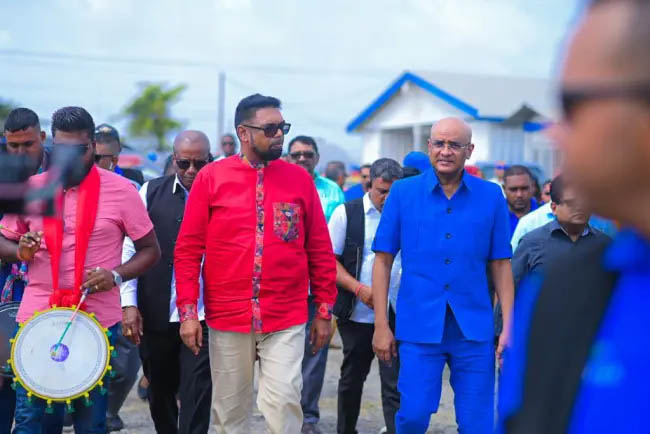Consistent with a historical pattern of leaving behind image-enhancing ‘footprints’ of the philanthropic dimension to its hugely profitable oil-recovery operations in poor countries, ExxonMobil, along with its partners, has ‘kicked off’ the creation of an envisaged $3.7 billion project aimed at delivering to Guyana, a stadium built “to International Cricket Council (ICC) standards,” a showpiece undertaking that targets the transformation of the country into a magnet for major international sports and general entertainment events to go along with the country’s envisaged image as a petro power. The exercise is part of the so-called Greater Guyana Initiative that mimics similar types of undertakings which ExxonMobil has undertaken elsewhere in the world.

Philanthropy and social contributions have, over time, become an integral part of the relationships which ExxonMobil have sought to create in countries where it pursues oil recovery operations. This policy is driven largely by what has become an increasingly loud ‘give back’ clamour from both governments and populaces in poor countries where the company undertakes oil recovery exercises. Elaborate physical structures apart, the company has also been required to demonstrate a sensitivity to environmental issues deriving from its oil recovery operations by contributing its ‘deep pockets’ to initiatives designed to demonstrate its support for a balance between its oil recovery operations and minimizing the environmental damage deriving therefrom.
The company contracted to execute the undertaking has been named as Caribbean Green Building Inc. described as “a Guyanese company with American ties, with the support of Owen Steel, a US-based company that claims “experience with complex structural steel……….that includes “a full range of steel contracting services from design to installation.” Approximately US$17.7 million of the project sum will come from the ExxonMobil-funded Greater Guyana Initiative (GGI), which is financed by the Stabroek Block partners.

Critics of ExxonMobil, including environmental lobbyists in Guyana, have contended that ExxonMobil customarily gets more than it gives from its oil recovery pursuits in poor countries and that its ‘comings and goings’ frequently leave large sections of underdeveloped oil-producing countries no better off than when they first arrived in those countries. With regard to its mission in Guyana, Routledge is quoted as saying that the company seeks to “empower communities, whether through sports or capacity building programmes that offer long term benefits.” He said that part of ExxonMobil’s mission was “helping to build a stronger Guyana.”






